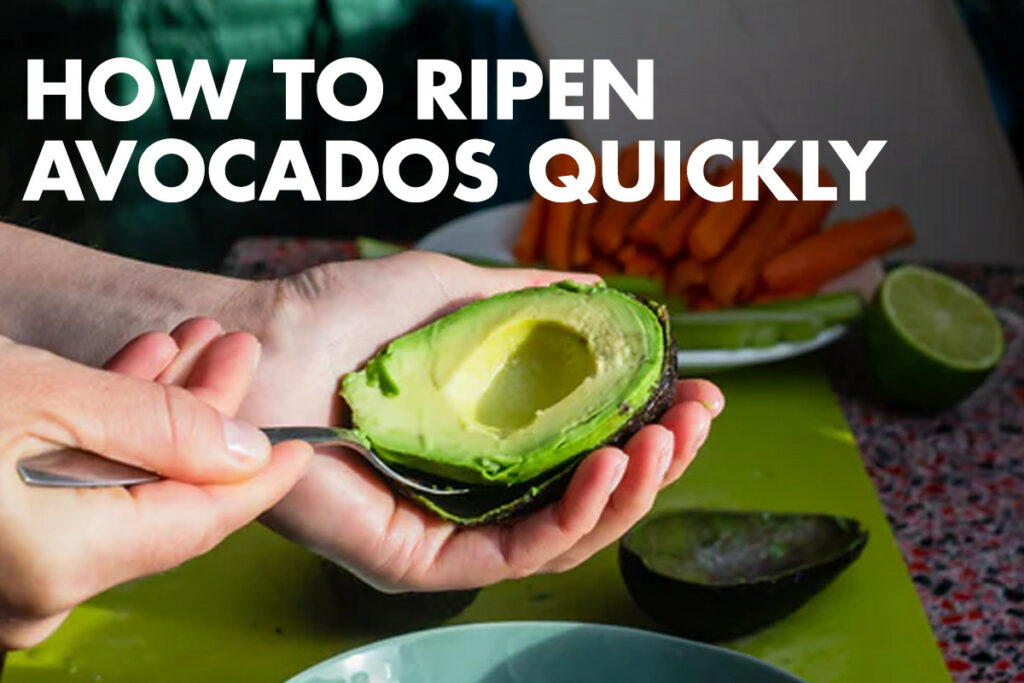
I used to joke that avocados have a two-hour window of perfection, hard as a rock one minute, brown mush the next.
But after spending way too much money tossing underripe fruit into the trash, I finally decided to learn the science behind how to ripen avocados properly.
And let me tell you, once you understand that, it’s easy to get creamy, ready-to-eat avocados every single time, no guesswork, no “oven hack” nonsense.
Here’s what actually works (and what doesn’t), according to food scientists, avocado growers, and chefs who handle this fruit every day.
Quick Guide: Ripen Avocados Fast and Naturally
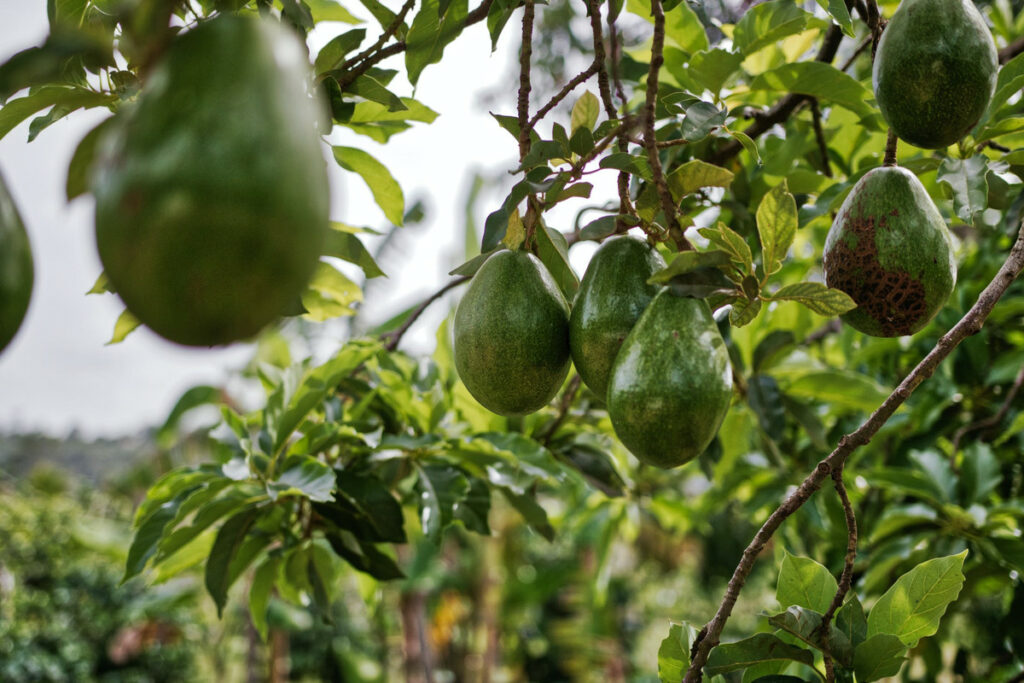
You can ripen avocados at room temperature in three to five days.
To speed it up, put them in a brown paper bag with an apple or banana, these fruits release ethylene gas, which triggers ripening. Once they’re soft to the touch, move them to the fridge to hold for another two to three days.
And whatever you do, don’t refrigerate them while they’re hard, that’s how you end up with rubbery, flavorless avocados.
You Might Like: How to Ripen Mangoes
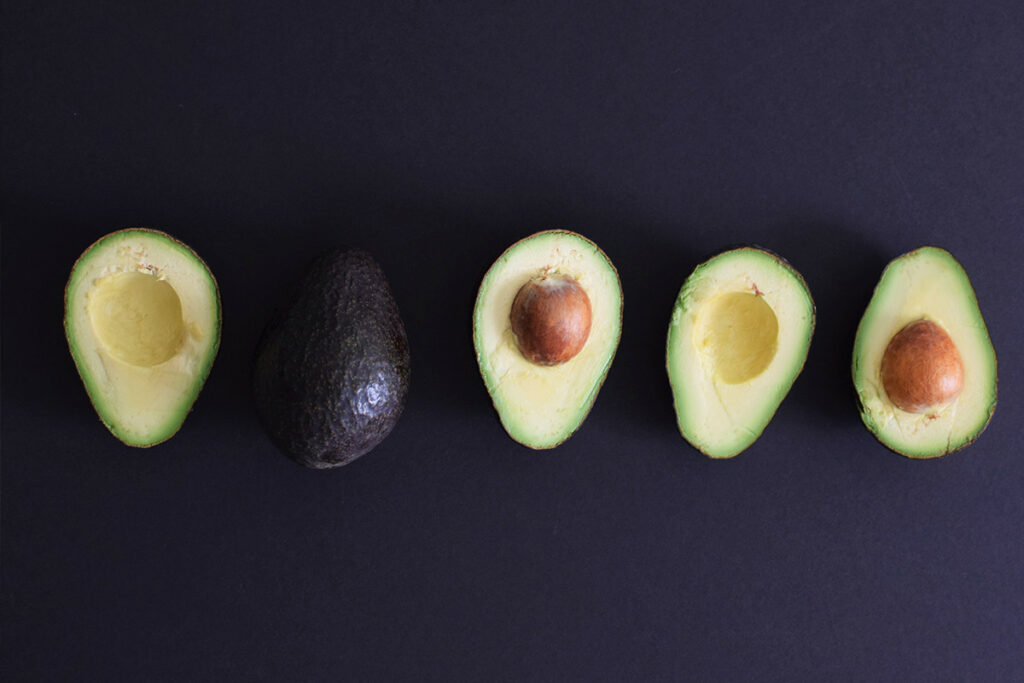
The Science: Why Avocados Ripen the Way They Do
This is what made everything much clearer. Avocados are what scientists call climacteric fruit, meaning they continue to ripen after being picked. That’s because they produce ethylene, a natural plant hormone that signals the fruit to convert starch into sugar and oil.
That’s spot on. On the tree, avocados simply mature. They only begin to ripen once they’re harvested or fall naturally.
Temperature plays the biggest role in how fast (or slow) this happens:
- Ideal range: 65–75°F (18–24°C), steady, gentle warmth = perfect ripening
- Too cold (<50°F / 10°C): the enzymes slow or stop completely
- Too hot (>85°F / 29°C): the flesh can brown or soften unevenly before flavor develops
According to the University of California, Davis Postharvest Center, refrigerating firm avocados too early can cause “chilling injury”, damaged cell walls, rubbery texture, and dull gray flesh.
Translation: if your avocados are still hard, keep them on the counter, not in the fridge.
You Might Like: How to Ripen Pears
How to Ripen Avocados the Right Way
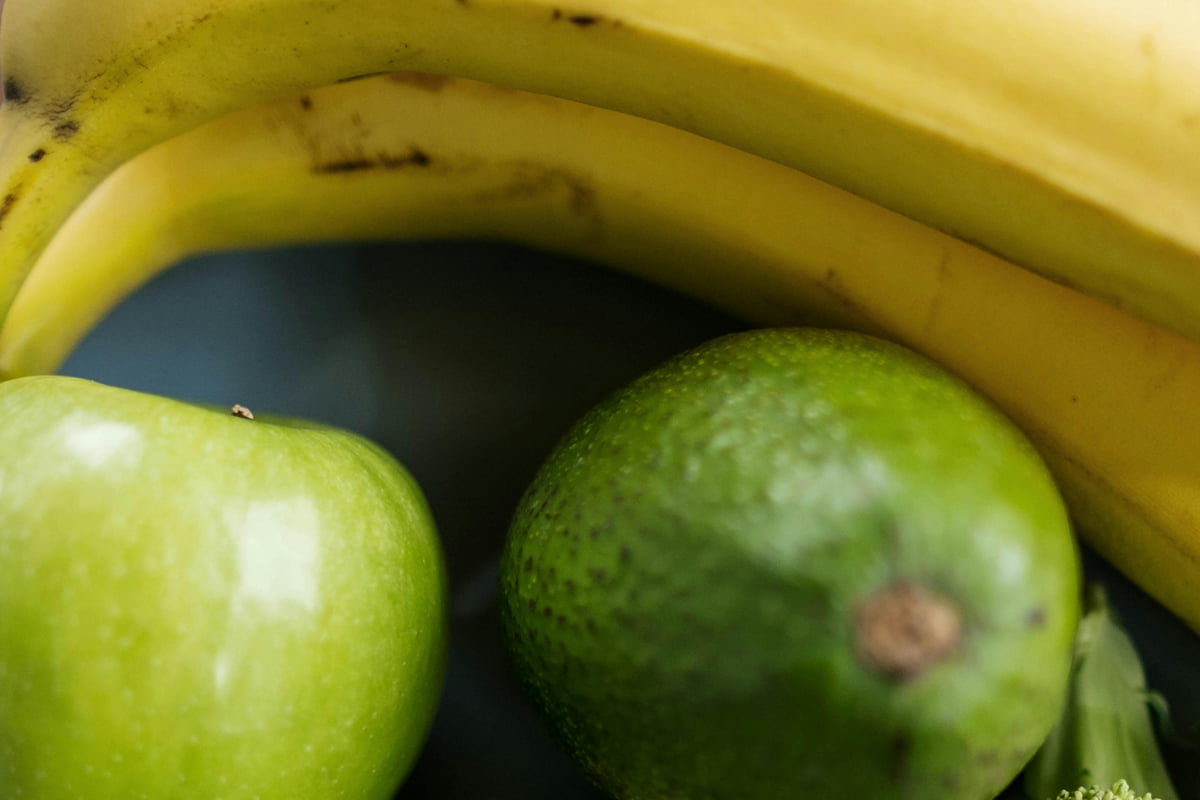
Whether you’ve got a week to wait or need ripe avocados by tomorrow, there’s a method that works. Below are three chef- and science-backed ways to get perfectly creamy fruit without resorting to heat hacks or microwaves.
Method 1: Ripen Avocados Naturally (Best Flavor)
This simple method is what I generally use. It is for those who are not in a rush, and it gives the best result.
- Leave them out at room temperature on the counter.
- Don’t stack them, pressure causes bruising.
- Check daily by gently pressing near the stem end with your thumb.
Expert Tip: “Wrap your fingers around the fruit and give it a gentle squeeze,” says North Queensland avocado grower Jim Kochi in HuffPost Australia. “You want to feel that it’s not hard anymore — that’s what we call firm ripe.”
Pop the small stem cap off: if it’s green underneath, it’s ripe. If it’s brown, you’ve waited too long.
Method 2: The Paper Bag Trick (Speed It Up)
Need ripe avocados tomorrow? This method is simple and surprisingly effective.
You’ll need:
- 1–2 avocados
- A brown paper bag
- 1 apple or ripe banana
Place the avocado and the other fruit in the bag and fold the top loosely. The apple or banana produces ethylene gas, which gets trapped in the bag and speeds up ripening by 2–3×
People swear by this trick:
Check once a day. You’ll feel the skin relax and the fruit darken slightly. Usually, 1–3 days is all it takes.
Here’s the science: This method works by trapping the avocado’s own ethylene gas, creating a ripening micro-environment that mimics commercial methods. According to postharvest research from UC Davis, commercial facilities use 100 ppm of ethylene to ripen avocados for stores.
Method 3: Fridge Storage (To Hold Ripe Fruit)
Once your avocados are just right, refrigeration slows the ripening reaction to a crawl.
- Place ripe avocados (whole or cut) in the fridge to hold them for 2–3 days.
- If they’re cut, wrap tightly with plastic wrap directly on the flesh or store in an airtight container with a cut onion or lemon slice (the sulfur/acid slows browning).
Remember: the fridge is for preserving, not ripening.
The Hot-Car Trap: When Soft Doesn’t Mean Ripe
Last summer I left a bright-green avocado in my car for a couple of hours. When I came back, it felt perfectly soft, jackpot, right?
Wrong.
The heat in the car (well above 100°F) didn’t ripen it, it cooked it. High temperatures destroy the enzymes that turn starch into sugars and oils, leaving the texture mushy and the flavor flat. As the Agriculture Institute notes, heat weakens cell walls and causes moisture loss, making fruit soft without real ripening.
How to tell the difference:
- True ripening = creamy, even pale green inside
- Heat-softened = dull gray, watery, or fibrous flesh
If this happens, it’s still safe to eat, just use it in baking, smoothies, or dressings, not guacamole.
Viral Hack Check: The Foil-and-Boiling-Water Trick
A viral TikTok shows a woman wrapping a green avocado in foil, placing it in a bowl, and pouring boiling water over it to “ripen” it instantly.
The video has over a million views, with users torn between curiosity and doubt ,one joked
, “Can someone rich try this and tell me if it works?”
Here’s the truth: it softens, but it doesn’t ripen. The heat breaks down cell walls, making the avocado feel tender, but the starches never turn into sugars or oils.
In short, you’re cooking it, not ripening it. For real results, use the paper-bag-plus-banana trick instead.
What Not to Do with Unripe Avocados
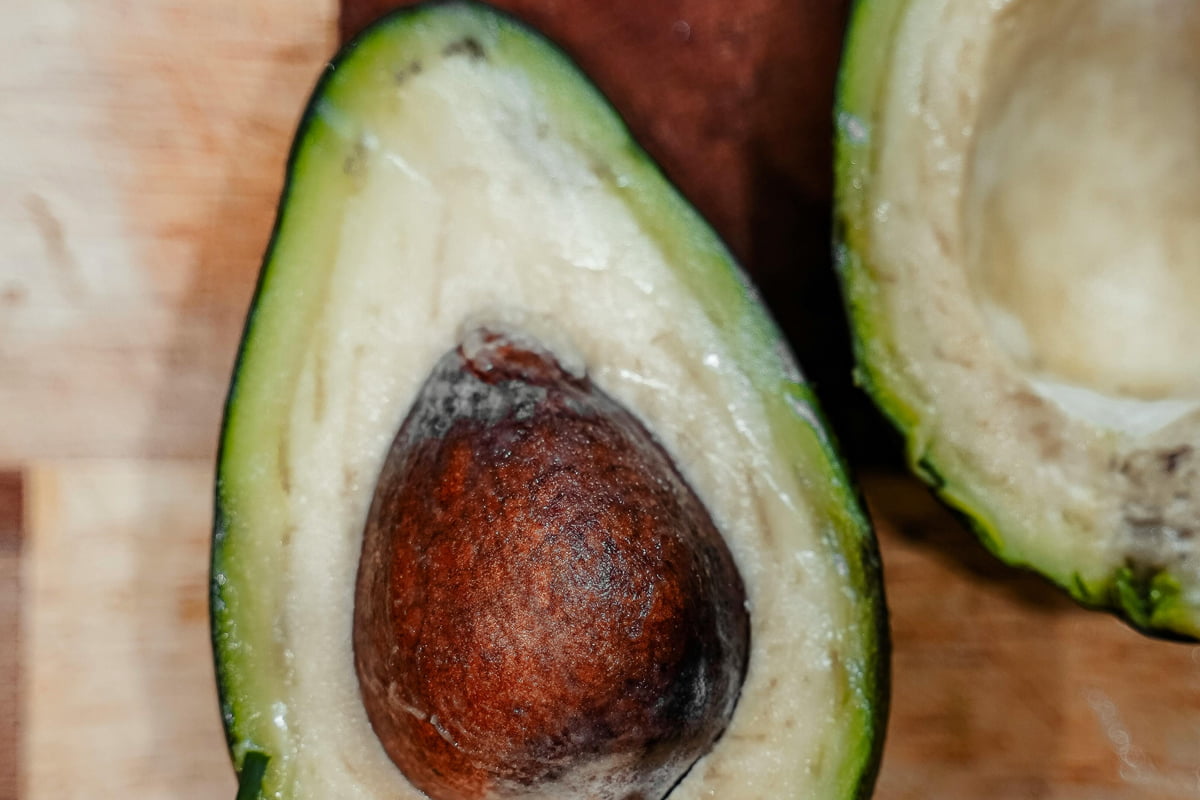
There’s a lot of bad avocado advice floating around social media, from microwaves to ovens to sealing them in plastic. The truth? Most of these “quick fixes” destroy the very enzymes that make an avocado buttery and rich. Here’s what not to do, and why it matters.
“Oven-ripening” at 200°F
Nope, this doesn’t ripen fruit; it cooks it.
Avocados only ripen properly between 60–75°F (16–24°C). Once the temperature goes higher, the heat kills the ripening enzymes, leaving you with soft but flavorless flesh. You’ll see darker skin and a tender feel, but inside it’ll taste bland or even rubbery.
Microwaving hard avocados
Microwaving will warm the flesh and soften it, but it won’t create the creamy texture or mild, nutty flavor that comes from real ripening. It’s a bit like reheating an unbaked cake, you can’t skip the science.
Sealing green avocados in plastic or refrigerating too early
Cold temperatures below 50°F (10°C) stop ethylene production, meaning your avocado will stay rock-hard indefinitely. Storing them in sealed plastic makes it worse by cutting off oxygen.
When to chill: Only refrigerate once the avocado is ripe to slow further softening.
Following every viral “hack”
From wrapping in foil and dunking in boiling water to microwaving or air-frying, most of these trends give you heat-softened fruit, not ripened avocados. They might look ready from the outside but lack the sweetness, oil content, and texture of the real thing.
As one TikTok user put it: “You may have turned the skin darker, but that avocado is still way too hard.”
How to Tell When an Avocado Is Ripe
A few visual and tactile cues will tell you exactly when to cut.
| Stage | Skin Color | Feel |
| Hard / bright green | Light green | Very firm |
| Breaking | Darker green | Slight give |
| Ripe | Dark green-black | Gentle give |
| Overripe | Black, sunken | Mushy |
Final takeaway
Avocados need time, airflow, and natural ethylene, not shortcuts. Keep them at room temperature until slightly soft to the touch, or use the paper bag + banana method if you’re in a hurry. True ripening takes patience, but the flavor payoff is worth it.
Explore more ripening guides in our How to Ripen Fruits Hub